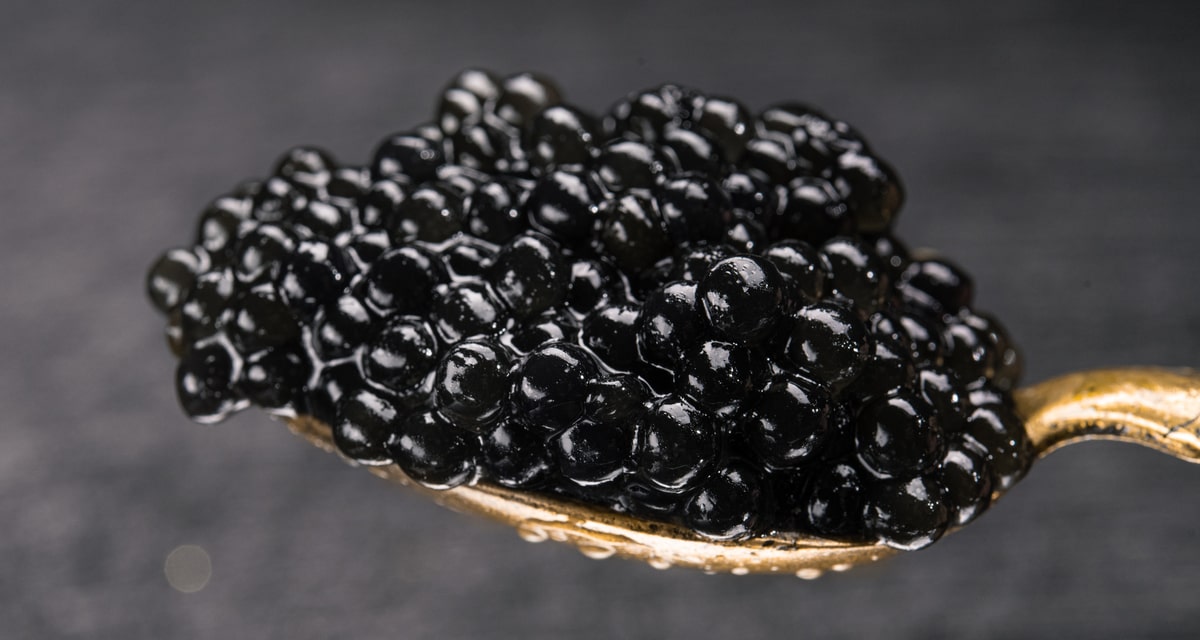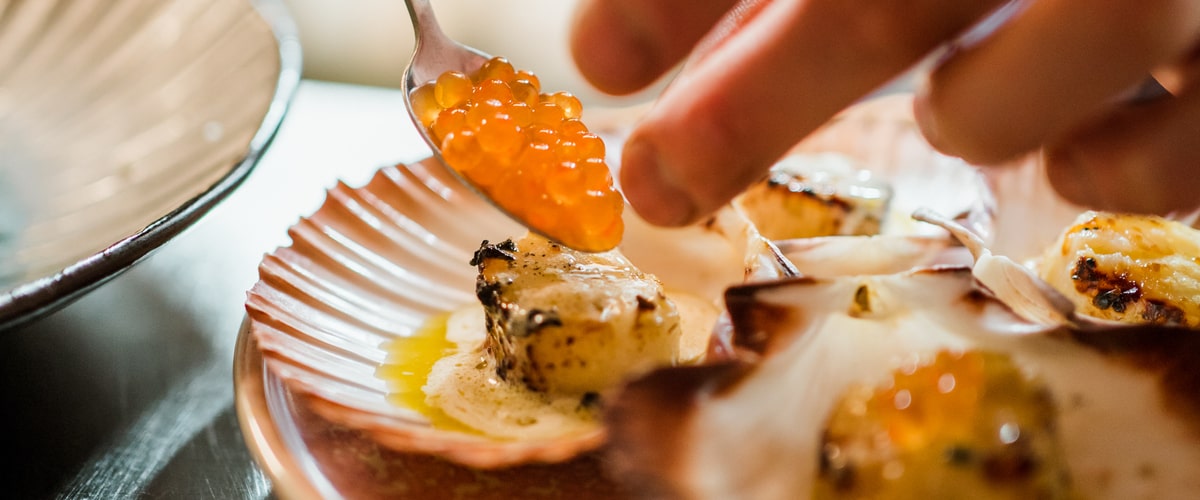The use of caviar in gourmet cuisine, including molecular gastronomy
Category : Food Stories, Party Ideas, Recipes, Press Room |
Posted : Apr 15, 2024
Caviar has been a favored ingredient of many luxury and gourmet food recipes for centuries, its delectable briny flavor adding an extra special element to any dish. With the rise in popularity of molecular gastronomy over recent years, chefs have developed new techniques for incorporating caviar in more creative ways than ever before. As a food specialist, I am here to discuss the range of forms that caviar can take and explore how it is being used as a centerpiece ingredient in some of the most inventive luxury dishes today.
An introduction to caviar and its history

Caviar is a delicacy that has enchanted the palates of many food enthusiasts over the years. Despite its pricey reputation, caviar has a fascinating history that is closely entwined with the world of royalty and luxury. In ancient times, caviar was considered a treat fit for kings and emperors due to its rarity and rich flavor. Today, caviar is still a highly renowned ingredient, known for its distinctive texture and delicious taste. It is also known for being high in essential vitamins and minerals, making it both a luxurious and healthy addition to any meal. Whether you're a seasoned caviar connoisseur or a newcomer to this indulgent delicacy, there's no denying that caviar is truly one of the jewels of the culinary world.
The nutritional benefits of caviar
Caviar may be expensive, but it's worth every penny when it comes to nutrition. This gourmet food is loaded with vitamins and minerals that are essential for a healthy body. It's a great source of vitamin B12, which is necessary for maintaining a healthy nervous system and producing red blood cells. Caviar also contains high levels of omega-3 fatty acids, which are known for their heart-healthy benefits. These healthy fats help to lower cholesterol levels and reduce the risk of cardiovascular disease. So while caviar might be considered a luxurious treat, it's also a nutritious addition to your diet.
Preparing caviar for gourmet cuisine
The art of preparing caviar for gourmet cuisine requires patience, precision, and a keen eye for detail. As a food specialist, I know that the slightest misstep in the preparation process can make all the difference in the world. It's important to choose only the highest quality caviar and handle it with care to preserve its delicate flavor and texture. From washing to straining to seasoning, every step must be executed with the utmost care to ensure that the final product lives up to the high expectations of discerning palates. Whether enjoyed on its own or as a garnish, properly prepared caviar is a culinary masterpiece that deserves the utmost respect and attention.
Different types of caviar and which dishes they are best used in

As a food specialist, I have had the pleasure of trying various types of caviar and discovering which dishes they pair best with. For those who prefer caviar with a light taste, the golden caviar is an excellent choice, with a subtle flavor that adds a touch of luxury to any dish. The traditional black sturgeon caviar is perfect for those who enjoy a more robust flavor, making it an ideal accompaniment to smoked salmon or blinis. And for those who want to indulge in something truly unique, the red salmon caviar is a must-try, with its slightly sweeter taste and vibrant red color that brightens up any dish. Each type of caviar has its own distinct qualities that can take a dish to a whole new level, making it a truly unforgettable culinary experience.
Molecular gastronomy techniques that incorporate caviar into dishes

As a food specialist, I can attest to the fact that molecular gastronomy has been a game-changer in the culinary world. Among its most fascinating techniques is the incorporation of caviar into dishes. These tiny black pearls have long been a symbol of luxury and indulgence, but more recently, they've been elevated to an art form. With molecular gastronomy, chefs can create new, unique textures and flavors by manipulating the properties of caviar. Whether it's turning caviar into a gel or using it to create a burst of flavor in your mouth, the possibilities are endless. The result is an unforgettable dining experience that is both visually stunning and delicious. If you haven't tried molecular gastronomy techniques that incorporate caviar into dishes, do yourself a favor and indulge in something truly special.
Tips on where to purchase the freshest and highest-quality caviar
As a food specialist, I know firsthand that not all caviar is created equal. When it comes to purchasing the freshest and highest-quality caviar, it's all about knowing where to look. One option is to check out specialty food stores that focus on luxury ingredients. These shops often carry a diverse range of caviar options, giving you the chance to sample different types and find your perfect fit. Another great option is to shop online from reputable caviar dealers. This allows you to easily compare prices and read reviews from other customers, ensuring that you're getting exactly what you're looking for. No matter where you choose to buy from, always make sure to ask for recommendations and look for signs of quality, like tight packaging and the presence of an expiration date. With a little bit of effort and research, you can enjoy the freshest and most delicious caviar on the market.
Caviar is a delicacy that has been around for centuries and has had a large influence on the cuisine of many cultures. It can provide a great source of protein and other essential nutrients, as well as add texture and flavor to dishes. When preparing caviar for use in gourmet cuisine, it is important to take the time to select the best type for the dish at hand. With the range of options from beluga to sevruga, it can be helpful to consult with an expert who can give more insight into which type is most appropriate. Molecular gastronomy techniques are also proving popular ways of incorporating caviar into creative recipes. Finally, it’s essential to make sure that you’re buying the freshest and highest-quality caviar available. Finding local purveyors or even getting trustworthy advice online can help you get your hands on some truly amazing —and delicious!— caviar worthy of any refined palate.













